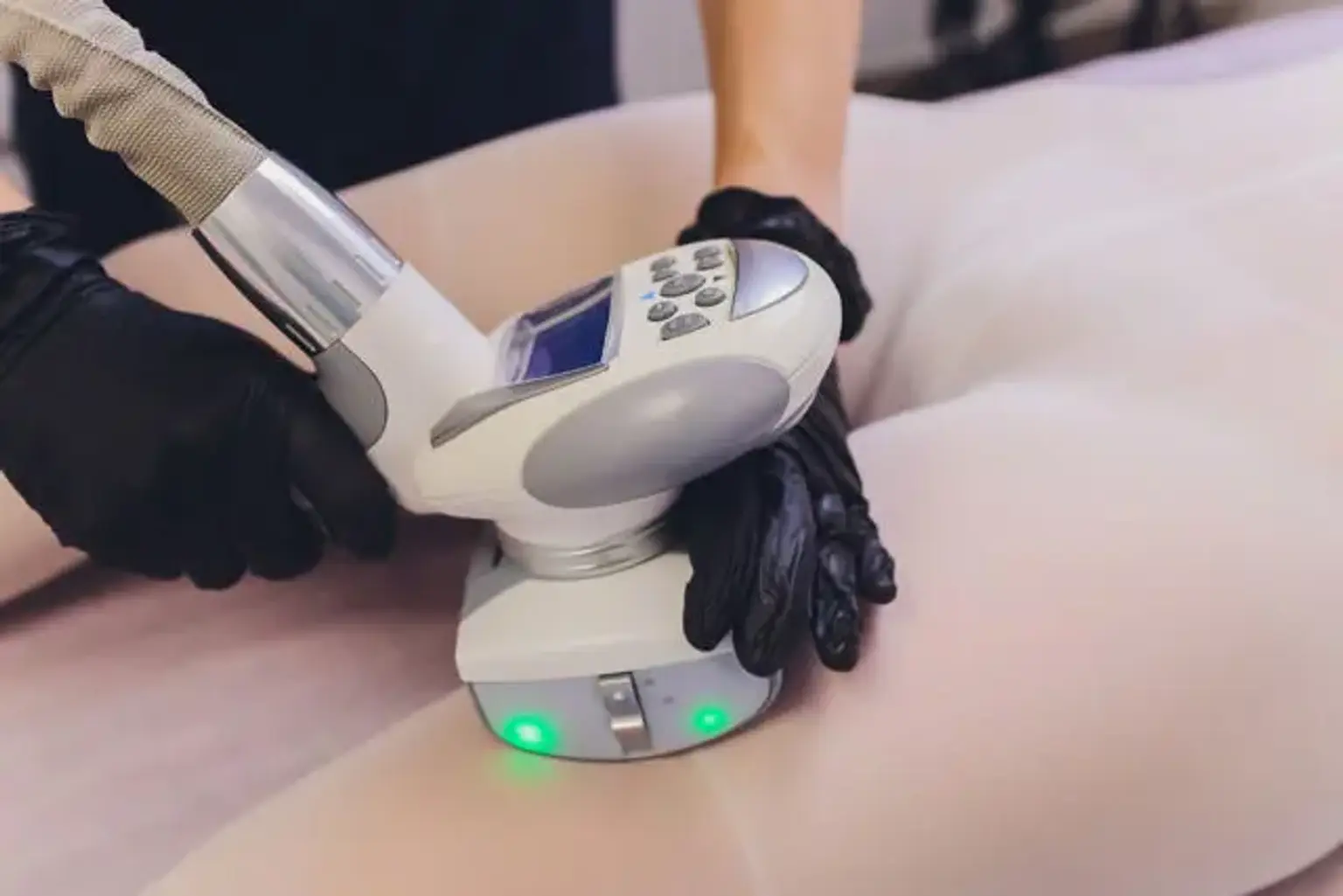Accusculpt
For the elimination of undesirable fatty tissue, laser liposuction is currently a widely used and accepted procedure. Research has continued to support initial clinical results of decreased adiposity, shorter recovery times, and enhanced skin tightness since it was approved by the US Food and Drug Administration (FDA). We've learned that laser liposuction liquefies fatty tissue, coagulates little blood vessels, causes collagenesis with remodeling, and improves tissue tightness.
Despite these findings, some practitioners have been hesitant to accept laser liposuction because of the extended procedure times, greater risk of adverse effects, and absence of evidence that it is superior to standard liposuction. Doctors who are already experienced with laser technology, on the other hand, maybe more excited about using laser liposuction as an additional technique to meet the increasing need for noninvasive technologies that improve body contouring and skin tightening without leaving distressing scars.
Many investigational and histopathological publications, according to Sasaki et al, have reported that topical application of laser energy sources, such as 1064nm, 1320nm, and 1444nm (Accusculpt energy) wavelengths, and radiofrequency devices increase fibroblast numbers, stimulate new connective tissue, and improve tissue tightness and elasticity. Minimal laser treatment and cryolipolysis are two novel methods that promise external lipolysis and collagenesis. Internal use of laser radiation may be the most effective approach of decreasing fatty tissue and improving skin tightness till further improvement of these systems comes and penetration and absorption through the skin are easily achieved.
